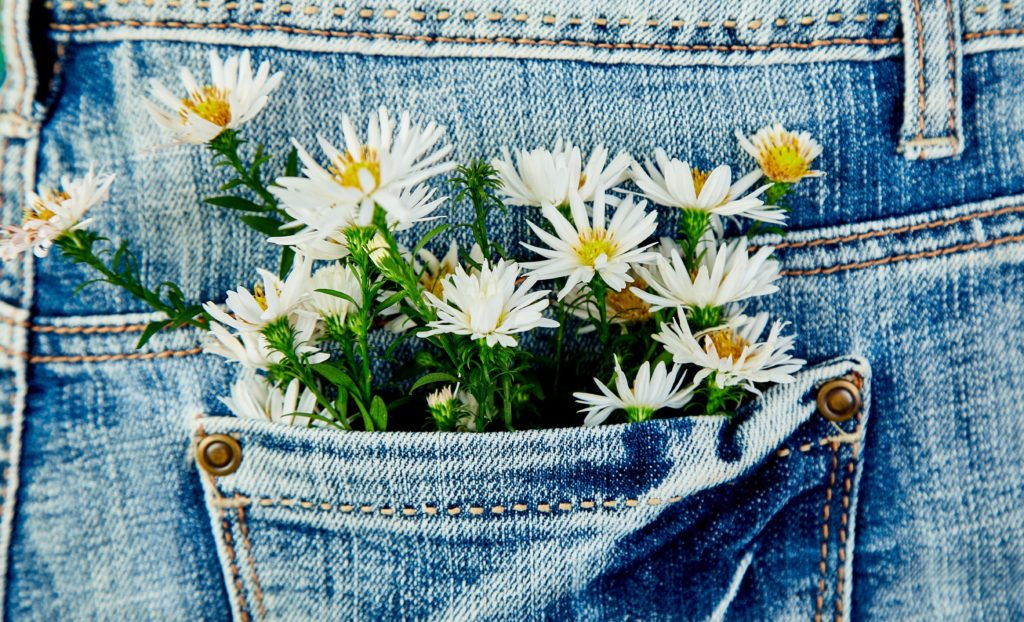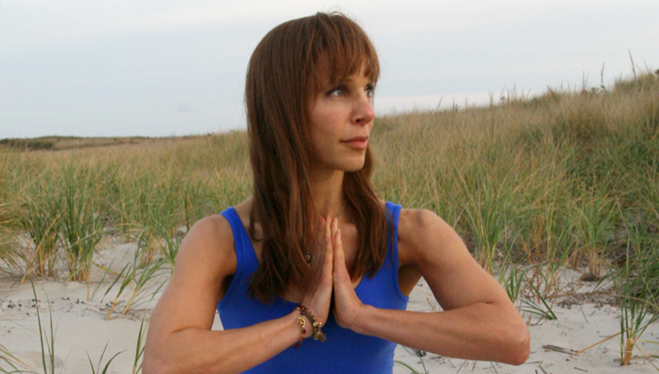Neuroplasticity, boundaries, and the body
In a multiple-slide post on my Instagram feed, I talked about neuroplasticity, the science of change (and, um, how things can stay the same) in a 10-frame post. But that doesn’t lend itself well to this format, so here’s the text for you. Neuroplasticity refers to the role of the brain and nervous system (which includes the autonomic + enteric nervous systems) in helping create change. In this post, I’d like to apply that very cool science to the art + practice of setting good interpersonal + intrapersonal boundaries. Emerging research suggests that we can target a behavior we’d like to strengthen (or extinguish) by focusing not just on the practice itself, but on the prelude and postlude that precede and follow it. This helps recruit our attentional centers to pay attention. It supercharges our motivational system. And it deepens the relationship we have with the behavior we want to […]
Neuroplasticity, boundaries, and the body Read More »

